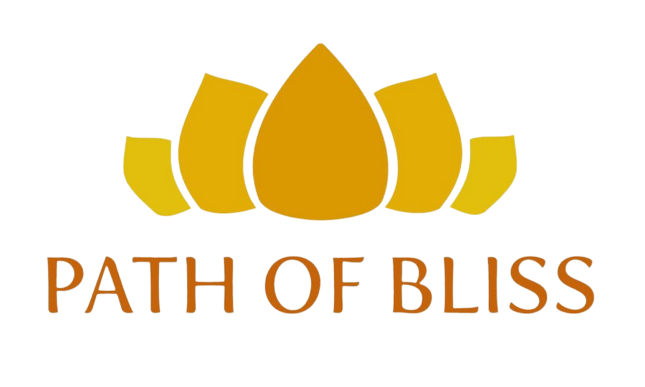Yoga asanas (postures)
New practitioners of meditation may sometimes experience certain difficulties when they begin performing spiritual practices, such as having a sore back, sore legs, restless mind, etc. This results from the body and mind learning how to adjust to these new techniques, as they are not quite accustomed to it yet.
Yoga postures (Asanas) seek to aid the spiritual aspirant in adjusting to these new practices. By performing Yoga Asanas regularly – stretching, strengthening, balancing, breathing and focusing energy in particular points of the body – the muscles and glands of the body are gradually brought into harmony with the mind, allowing for a more comfortable experience while performing spiritual practice.
Yoga Asanas have been developed steadily over thousands of years as an aid to good physical and mental health, well-being and spiritual upliftment. Various health problems including hypertension, indigestion, heart disease, arthritis, asthma and cancer can be prevented and often cured through the practice of Asanas when combined with meditation and satviik diet.
Yoga postures have a number of unique features
which set them apart from other forms of exercise:
- They stretch and relax nerves, muscles and joints, creating a pleasant feeling of relaxation, increasing flexibility and promoting the free flow of energy through the body.
- They require a minimum expenditure of physical energy and thus do not create mental dullness.
- They nourish and tone specific and often neglected organs and glands by directing the flow of blood, lymph and mental concentration to that area. The hormones secreted by the endocrine glands control our physical, mental and emotional states. By balancing these hormonal secretions, Yoga Asanas promote optimal physical and emotional conditions.
- They enable the practitioner to divert the flow of energy to higher centers in the body, giving control over desires and subtlety of awareness.
- Through use of the breath, they purify the blood and promote calmness, concentration and depth of perception.
- Through use of balance and motionlessness, they promote mental steadiness and calm.
- Through strengthening and cleaning the organs of elimination, they make the body free of toxins and the mind clear.
- Through use of concentration, they promote mental stability and perception.


